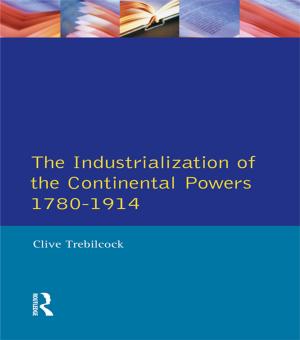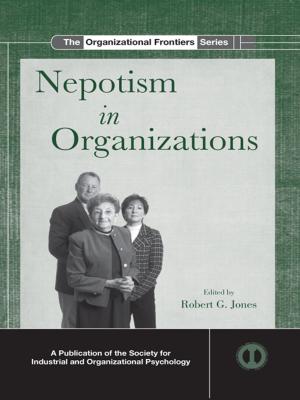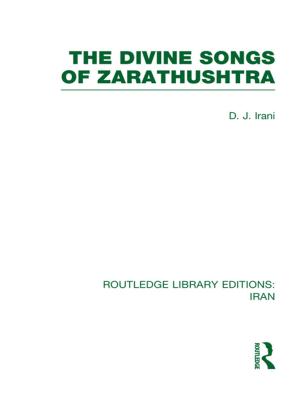| Author: | Ralph Turvey | ISBN: | 9780429576492 |
| Publisher: | Taylor and Francis | Publication: | February 12, 2019 |
| Imprint: | Routledge | Language: | English |
| Author: | Ralph Turvey |
| ISBN: | 9780429576492 |
| Publisher: | Taylor and Francis |
| Publication: | February 12, 2019 |
| Imprint: | Routledge |
| Language: | English |
Originally published in 1971, this is a rigorous analysis of the economic aspects of the efficiency of public enterprises at the time. The author first restates and extends the relevant parts of welfare economics, and then illustrates its application to particular cases, drawing on the work of the National Board for Prices and Incomes, of which he was Deputy Chairman.
The analysis is developed stage by stage, with the emphasis on applicability and ease of comprehension, rather than on generality or mathematical elegance. Financial performance, the second-best, the optimal degree of complexity of price structures and problems of optimal quality are first discussed in a static framework. Time is next introduced, leading to a marginal cost concept derived from a multi-period optimizing model. The analysis is then related to urban transport, shipping, gas and coal.
This is likely to become a standard work of more general scope than the authors earlier book on electricity supply. It rests, however, on a similar combination of economic theory and high-level experience of the real problems of public enterprises.
Originally published in 1971, this is a rigorous analysis of the economic aspects of the efficiency of public enterprises at the time. The author first restates and extends the relevant parts of welfare economics, and then illustrates its application to particular cases, drawing on the work of the National Board for Prices and Incomes, of which he was Deputy Chairman.
The analysis is developed stage by stage, with the emphasis on applicability and ease of comprehension, rather than on generality or mathematical elegance. Financial performance, the second-best, the optimal degree of complexity of price structures and problems of optimal quality are first discussed in a static framework. Time is next introduced, leading to a marginal cost concept derived from a multi-period optimizing model. The analysis is then related to urban transport, shipping, gas and coal.
This is likely to become a standard work of more general scope than the authors earlier book on electricity supply. It rests, however, on a similar combination of economic theory and high-level experience of the real problems of public enterprises.















